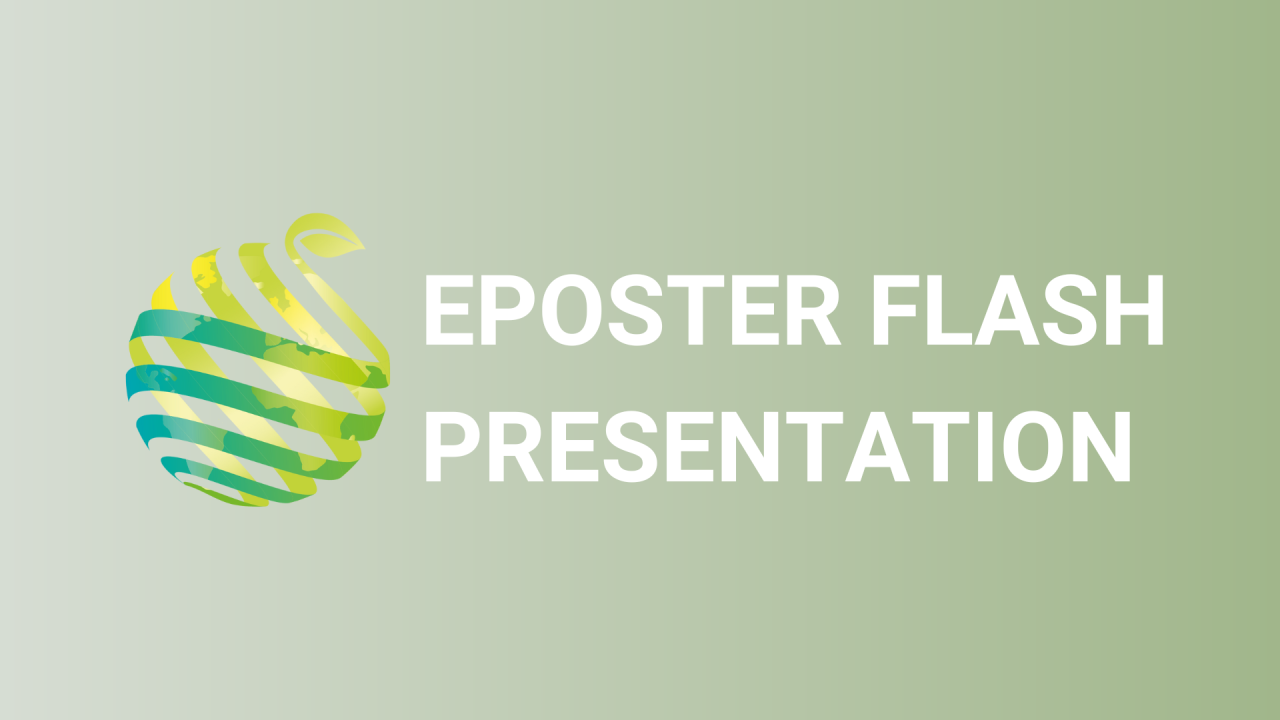

S14 - Session P1- Trichoderma spp potential as a biocontrol agent against the bacteriosis black rot in cauliflower caused by Xanthomonas campestris pv campestris
Information
Authors: Roxane Baudoin *, Caroline Bonneau, Franck Bastide, Thomas Guillemette, Elisa Thalinger, Damien Grizard, Anthony Kwasiborski, Perline David
Trichoderma is a well-known beneficial fungal genus for its biostimulant and biocontrol properties. Biocontrol protection against fungal disease has been largely reported due to its versalite modes of action, e.g., competition, parasitism, plant defense response inducer and antibiosis. However very few reports showed biocontrol protection against bacterial disease on plants. Although Trichoderma genus is composed of more than 300 molecularly distinct species, commercial biopesticides aremainly based today from 4 species: harzanium , virens , atroviride , and asperellum. The collaborative project called TRICHODERMA aims to identify new solutions for the control of bacterial diseases on cultivated plants. Black rot is an important disease on cruciferous caused by Xanthomonas campestris pv campestris , which lives epiphytically and penetrates plant leaves through hydathodes. This pathogen causes yield and quality losses. The aim of this study was to screen different species of Trichoderma selected from 50 fungal french isolates against black rot on cauliflower in controlled conditions. Seven Trichodema strains, selected from their ability to inhibit Xanthomonas growth in vitro, were assessed for their potential to protect cauliflower plants against black rot in controlled conditions. Application of Trichoderma spores was performed either by leaf spraying, soil inoculation, root soaking or filtrate-based treatment. Impact of the timing of Trichoderma application from 3 to 1 day prior inoculation was studied. Disease severity and incidence were quantified with a phenotypical disease severity scale and compared to a positive control made of S methyl acibenzolar acid. Results indicated a significant and moderate protection level for 2 strains out of 7 of Trichoderma gamsii and T.atroviride. Comparative mode of application of Trichoderma and the treatment frequence will be presented. This study shows the potential of Trichoderma spp as a biocontrol agent against bacterial disease. More bacteriosis should be tested to determine the broad spectrum of action of the selected strains.